How To Start A Large Garden
If you are an urban or suburban homesteader, you have to squeeze everything you can into a small garden space. It's an exciting challenge to use every nook and cranny, to think vertically, and to master succession planting.
For rural homesteaders, the challenge is that a large garden can be even more demanding. In fact, even if you have a lot of space, it's a good idea to grow a small, intensively managed garden before you try to tackle a large garden.
Once you can easily manage that, it doesn't take as much extra work as you would imagine increasing the size and volume. Here are some things to consider as you make that transition.
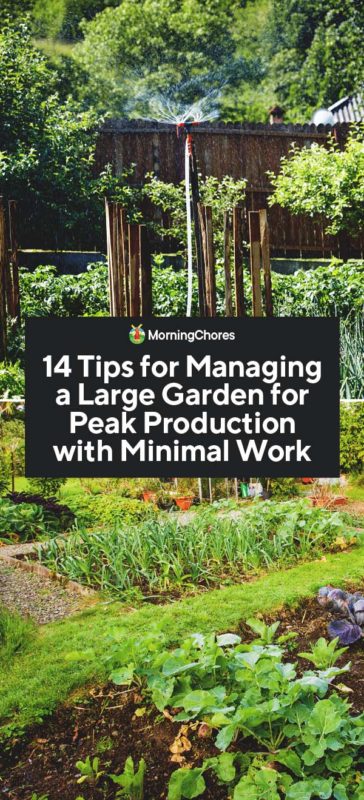
Manage the Gardening Basics
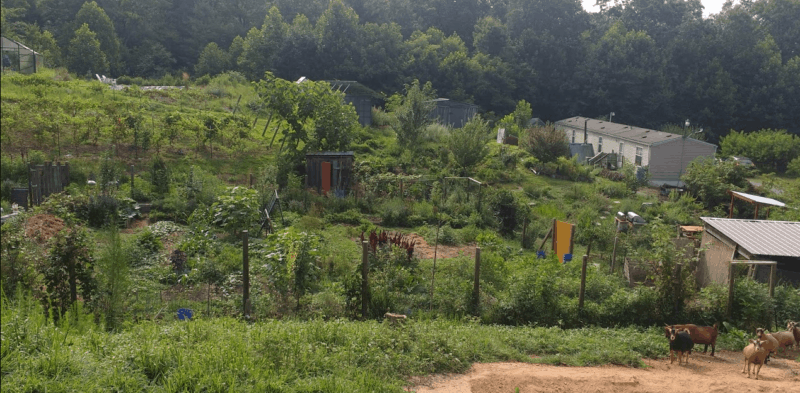
Whether your garden is big or small, you will have to manage the basics. For me, the basics include the following:
- A location suitable for gardening
- Protection from pests and intruders
- Adding organic matter to the garden annually
- Using organic fertilizer when needed
- Managing or using weeds effectively
- Watering plants as needed
- Choosing plants that are well-suited to environmental conditions and soil type
- Encouraging pollinators
- Taking good notes and learning from the garden
Even though those gardening basics apply to both a large and a small garden, there are some key challenges you'll face when applying them to a large garden.
Planning for a Bigger Garden
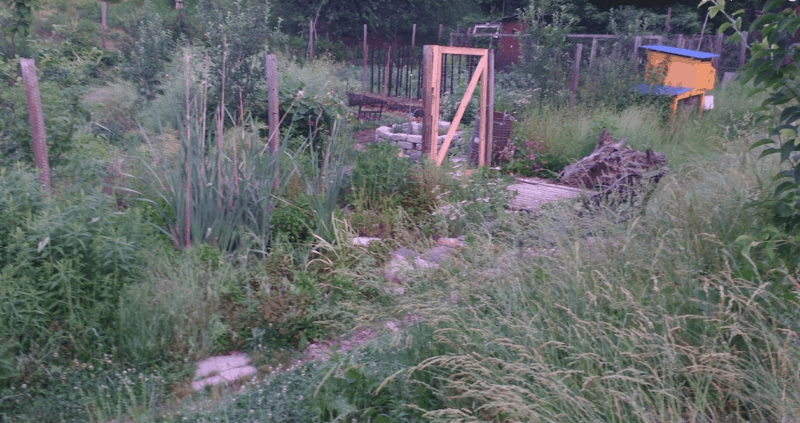
It's pretty easy to find a location for a small garden. Most people just pick a little level spot in the sun and work with it. Even if it's not ideal, the fact that it's small limits the amount of work.
When you go big, having an ideal location is much more critical. Otherwise, you could spend all your gardening time lugging water around or hauling compost. Even just walking long distances to harvest can add up in a big garden.
1. Ideal Location
Rather than plopping your large garden anywhere, it's entirely worthwhile to spend time preparing an ideal location.
This should include easy access to your parking area for bringing in bulk garden amendments. Access to a water source is critical. Creating good drainage using methods like terracing, retaining walls, raised beds, or more will pay off long-term.
Proximity to your potting shed, vegetable washing station, or root cellar may also factor into your large garden location. The point is to make it easy to move things to and from the garden to cut down on unnecessary time spent hauling and traversing.
2. Protect Plants
A big garden is likely to attract a lot of pests. Deer, rodents, digging dogs, and more all show up when you start planting en masse. Do yourself a huge favor and build a suitable fence or another barrier to protect your plants at the outset.
3. Multiple Entry Points
In a big garden, also having multiple entries can save tons of time. I have one at the foot and middle side of my garden. I also have one that leads to my chicken run. That makes giving chickens garden scraps and collecting their manure as fertilizer very easy.
4. Cross-Cutting Paths
Walking on garden soil is a cardinal sin in my book. It compacts the soil decreasing air spaces which cut down on the amount of oxygen your soil life has to make nutrients available to plants. So, plan dedicated pathways to avoid walking on your beds.
In small gardens, simple cross pathways work well. In large gardens, beds and rows require graph paper to plan.
Main paths should accommodate wheelbarrows. Footpaths should be the width of your typical stride. I have big feet and womanly hips, so I keep my footpaths 1 foot wide.
Annual Soil Care
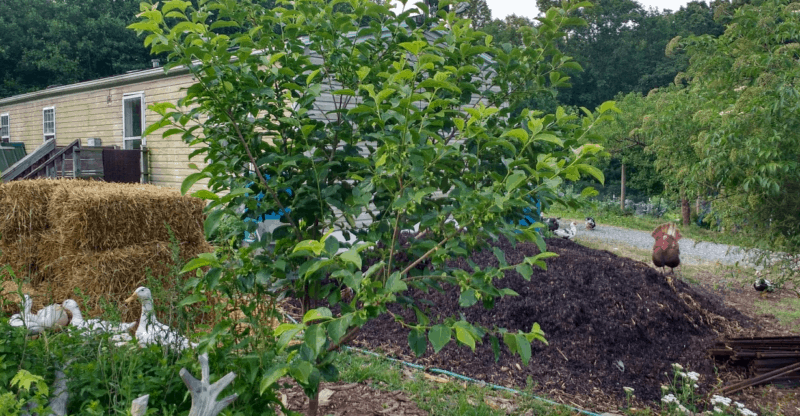
Once you have your garden in place, the next hurdle is to keep your soil in good shape. In a small garden, this can be as simple as hand-carrying a few bags of commercial compost. In a large garden, that would cost you a fortune and give you a guilty conscience over all those plastic bags.
5. Bulk Deliveries
It's cheaper and more time-efficient to have bulk deliveries of garden amendments. Compost and mulch are the two biggies I get dropped outside my garden every year.
You have to use a pitchfork to load a wheelbarrow and move it to your garden beds. But, if you planned your paths and gates right, that should be a quick process.
6. Cover Crops
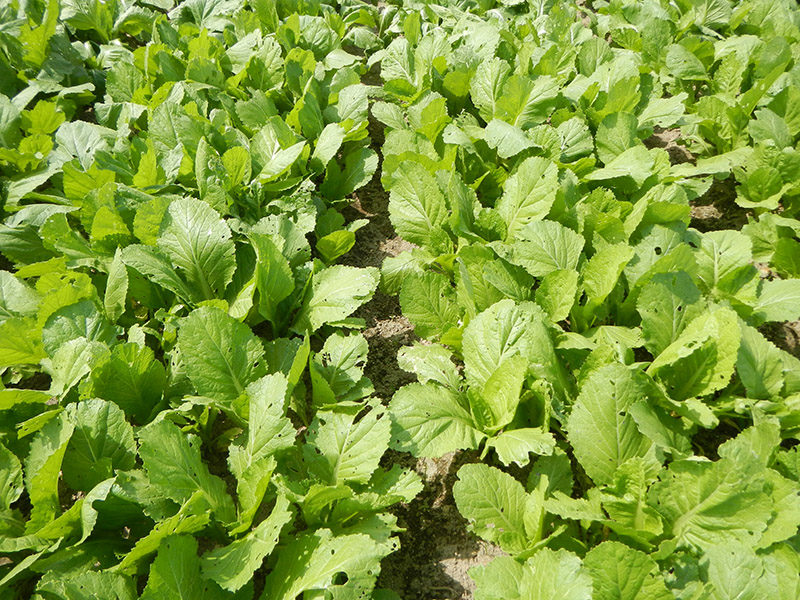
Compost is best applied in fall or winter. That's often not an ideal time to plant most things. However, unless you want a whole bunch of weeds to come up in spring, plant an annual cover crop immediately after you apply compost.
The cover crops with the lowest germination temperatures in my garden trials are Austrian peas, mustard, and red clover. Once I get my compost down, I broadcast those seeds. Covering beds with plastic will increase germination rates.
Even when it's too cold to germinate, I still put the seeds in. Since those cover crops start faster than everything else in late winter or early spring, they still get a head start over the weeds.
Especially if you are using composted cow or horse manure, there's a high chance for perennial weed seeds in your compost. Cover crops will smother them and prevent germination until it comes time to plant your other crops.
When it's time to plant, just till in the cover crops. Or better yet, don't till. Instead, pull the plants and use them as mulch around your young seedlings going into the beds.
7. Organic Fertilizer
The first few years after starting a garden, you need to add at least 3-4 inches of compost a year to fast-track soil life, build tilth, and improve drainage. After your soil turns loam, that much compost causes problems like nutrient overloading, particularly of phosphorus and calcium.
For stability and long-term soil health, top off beds with an inch of aged compost. Then, you use smaller quantities of directed fertilizer to make sure plants get the nutrients they need. Fertilizer costs less and means much less work than adding excess compost.
Once your soil is loam, do a soil test to check your pH, phosphorous, potassium, calcium, and magnesium. Note: Most soil tests can't reliably test for nitrogen. So, unless you pay for special testing, just add the nitrogen your plants need based on their feeding habits.
Then, use our fertilizer calculator to make your own perfect mixes for the things you plan to grow. Leave out any nutrients your soil tests heavy for to avoid increasing imbalances.
Make sure to use slow-release organic fertilizers such as bonemeal or dried manures. These are directed forms of organic matter that soil life will convert to fertilizer. They improve soil quality like compost does. Skip anything synthetic or salt-based.
Watering Strategies
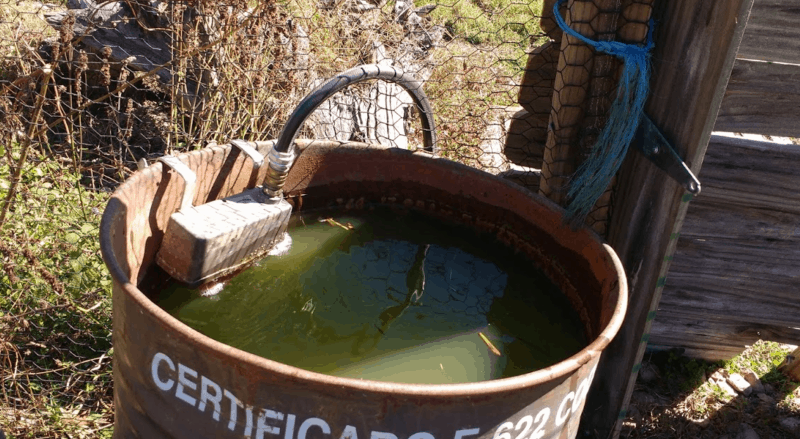
Unless you live in an area that gets exactly the right amount of rain, exactly when your plants need it, you'll need a watering strategy.
8. Irrigation
In dry areas, installing irrigation will save you tons of time. Drip irrigation is cheap and easy to lay. But mulch-covered, high-quality irrigation lines last longer, produce less waste and tend to be cheaper in the long run.
In a large garden, the time it takes you to set up and run your irrigation system can be enormous. So, another reason to opt for a long-term solution rather than go cheap is to save time. Choose irrigation systems that will last 10 years over those that have to be installed and removed annually.
9. Water Wise Plant Placement
Personally, I don't use irrigation. Instead, I use the planting beds nearest to my water source to grow thirsty plants.
My shallow-rooted baby lettuces and high-water content cabbages and cucurbits start just a few steps from my water barrels. Deep-rooted or dry loving plants like potatoes, tomatoes, beans, basil, and summer spinaches (Malabar and New Zealand) are planted further from the water source since their needs are minimal.
By planning your plantings to keep those that require regular watering nearest to your water source, you can radically reduce your watering work burden.
Plant Like a Professional
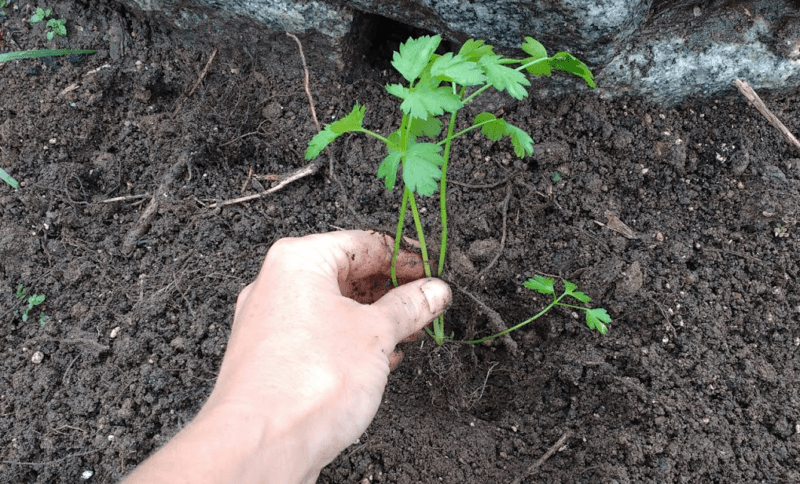
If you plan wisely, then garden care and watering are pretty easy. But you still have to plant a lot more plants to fill a large garden. This is where the bulk of the gardening work happens.
10. Plant Nursery
If you put your seeds direct in the ground, you have to weed and water the area around those plants frequently until they get large enough to fend for themselves. Instead, start your plants in a nursery.
A nursery can be a greenhouse or just a wind-protected area reserved for plant starting. Start all your plants in this location so you can care for hundreds of young seedlings in just a few square feet of space.
Transplant Trick
Some plants don't like their roots disturbed after planting. So, don't! Start all seeds in soil blocks or 2 to 4-inch soil-filled cells. Before the roots reach the outer edges of the soil area, transplant the entire soil and root mass into the ground.
The key to making sure plants don't stunt from soil variances is to use the same planting medium in your cells or soil blocks as you are planting into in the garden.
If you use the square foot method, then use the square foot soil mix for seed starting. If you add 4 inches of compost on top of your soil, then start plants in compost. If you plant in good garden soil, then borrow some garden soil for your planting cells.
Transplant on a cloudy day. Then, cover your new plantings with a floating row cover for a few days to reduce transplant shock.
(Note: The common advice is not to use garden soil for starting plants because of the risk of disease. However, in high quality, organically managed garden soil, this should not be an issue.)
11. Stocked Soil
The other advantage of a nursery is that you can keep plenty of plants ready to go in the ground on hand. In a large garden, it's much easier to keep your soil stocked with plants at all times, than to weed and revitalize empty beds. So, pull something, plant something.
If you do that, your soil will be healthier, your weeds minimized, and your pantry well-stocked!
Garden Smart for the Longterm
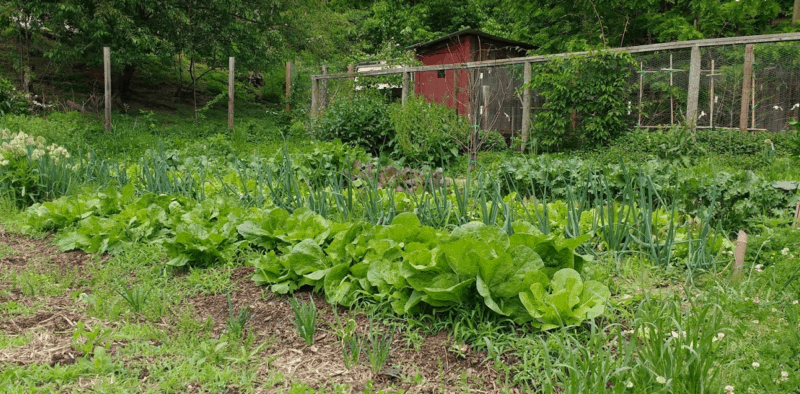
There are just a few more things you need to do to save work and achieve peak productivity in a large garden.
12. Plant Right
I love giant ballhead cabbages, fava beans, and Brussels sprouts. But I don't plant them in my garden. They simply don't work in my climate without a whole lot of extra work on my part to get to harvest.
Instead, I grow the tastiest options early and in the winter grow cabbages. I use fava beans as a cover crop and occasionally get a crop when conditions are just right. Then, I occasionally grow a few winter Brussels sprouts in the winter greenhouse for kicks.
Unless you have the time to do all the extra work nursing plants that are not right for your climate and conditions, pick plants that grow well where you live. Talk to your extension office, other gardeners, or consult our regional guides to get ideas.
13. Plan for Pollinators
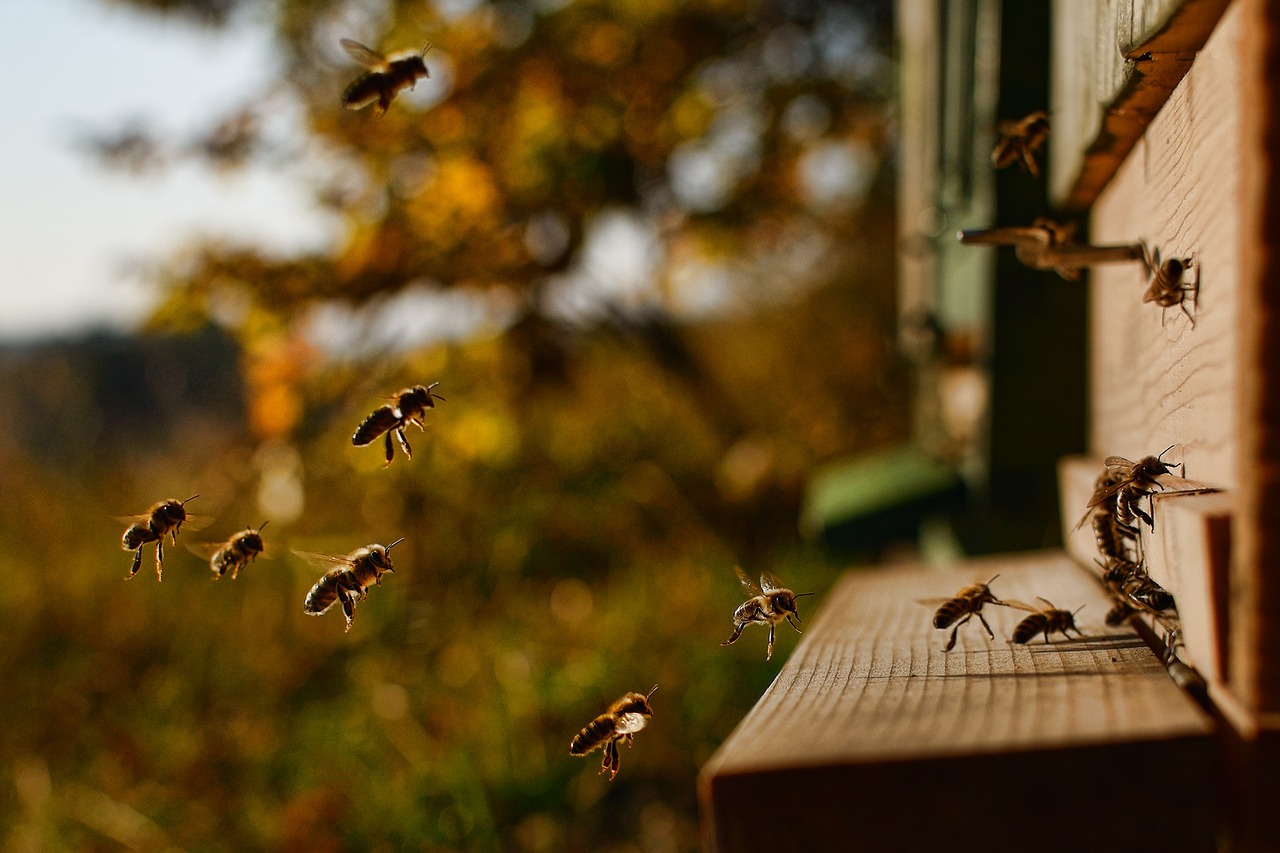
For large food production, you need a large pollinator population. Otherwise, you'll have to do a lot of hand-pollinating or face poor production.
Since you have space, add a few pollinator plots to your garden area. Also, create formal habitats so your pollinators can safely over-winter and brood their young.
Many pollinators do double-duty by preventing insect pests from taking over your garden too. By planning for pollinators, you are also cutting down your time spent dealing with pest issues.
14. Keep on Learning
Every year my garden teaches me lots of lessons on how to best care for it. For example, I became an expert at allelopathic plants after I planted sunflowers in the same bed two years in a row. Now I know better than to do that again.
If you pay close attention to how your garden performs and take good notes, it gets easier and easier to manage a large garden. Never underestimate the power of practical learning in the garden.
Was this article helpful?
Yes No
How To Start A Large Garden
Source: https://morningchores.com/managing-a-large-garden/
Posted by: kellerchomem.blogspot.com

0 Response to "How To Start A Large Garden"
Post a Comment